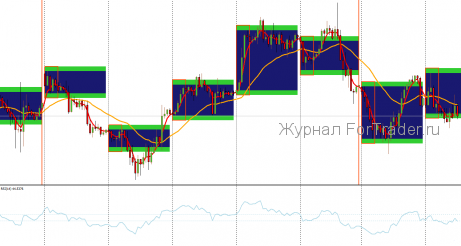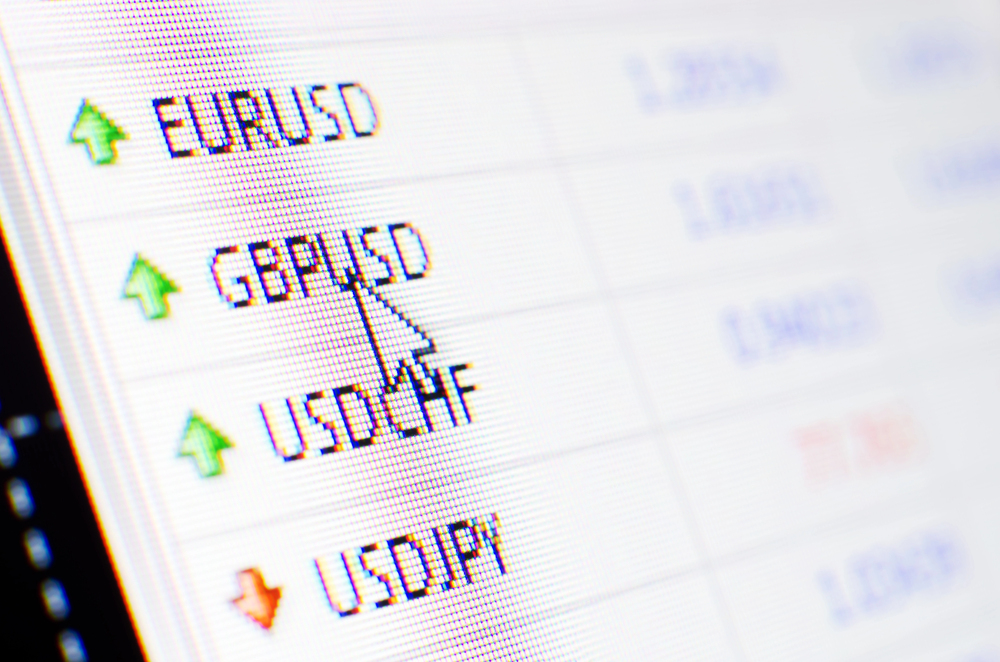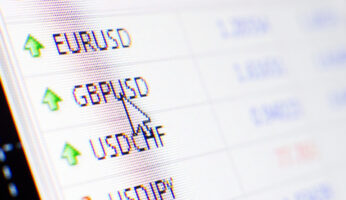Many traders use scalping methods in their trading. It can be applied as a primary profit-extraction methodology or as a supplementary technique when entering medium-term positions with reduced stop-loss sizes.
However, scalping demonstrates varying effectiveness across different trading instruments. The volatility of a currency pair directly impacts trading risks, profit size, and losses. Before applying scalping methods, it is worthwhile to study the characteristics of the currency pair.
Why Currency Pair Selection Matters
Selecting a currency pair for forex scalping is a separate and quite extensive topic, since each instrument has its own “character” and set of factors that shape quote dynamics. Choosing an asset is important even for long-term tactics; however, in scalping, where the struggle is literally for every pip of profit and sharp rate changes can lead to losses, it becomes the primary consideration.
Scalping on EUR/USD and GBP/USD

The euro/dollar and pound/dollar currency pairs enjoy the greatest popularity among traders. This is explained by their high liquidity and low spreads. The euro, British pound, and dollar are among the most common and strongest world currencies, so they are used in trading with all possible forex strategies: trend-based, flat, channel-based, grid-based, scalping, and martingale. The choice is especially obvious for novice scalpers: the so-called market noise on EUR/USD and GBP/USD averages 20-30 pips, and even with weak movements, you can earn decent profits.
Trading these currency pairs will be especially effective for scalpers using volume analysis, since the actions of major market players are clearly visible on them.
Scalping on USD/CAD and AUD/USD
Strictly speaking, placing the USD/CAD and AUD/USD currency pairs in the same category would not be entirely correct, since USD/CAD is better suited for flat forex strategies, while AUD/USD has a pronounced trending character. However, we mention them together because they are characterized by small counter-trend fluctuations in quotes—market noise on them averages 20-40 pips.
Scalping on the USD/CAD currency pair is recommended in the evening or night hours. In this regard, the currency pair is often used as an instrument for night advisors, as they require low market volatility to avoid powerful directional quote changes and large losses.
The situation looks somewhat different for the AUD/USD currency pair. The Australian dollar allows you to earn 100 to 300 pips per trade on a good trending move. The currency pair is interesting because at night it is not affected by important economic news.
Scalping on Japanese Yen Pairs

The Japanese yen is another currency that has gained widespread use in the forex market. The most popular pairs for trading are USD/JPY, EUR/JPY, and GBP/JPY.
There is one very important point here. With the exception of dollar/yen, all other pairs are cross-rates, which involve increased volatility and strong price changes. Because of this, a scalper can make several times more trades, which increases profitability.
It is also worth noting that cross-rates are characterized by the strongest market noise—averaging 50-80 pips. As a result, stop-loss sizes increase, which reduces profitability. Following capital management rules, profitability when scalping cross-rates is approximately equal to profitability when scalping EUR/USD and GBP/USD. In this regard, cross-rates with the Japanese yen can be considered as additional currency pairs or as an alternative to majors.
Conclusion
Proper selection of a currency pair for any forex trading method is one of the conditions for profitable trading. The characteristics of currency pairs presented above are relatively superficial, since an enthusiastic trader can talk about each pair for hours. Certainly, only a speculator who has long used it in their trading can provide the most objective characteristic, since the theoretical characteristics of a currency should be supplemented by practical experience.











